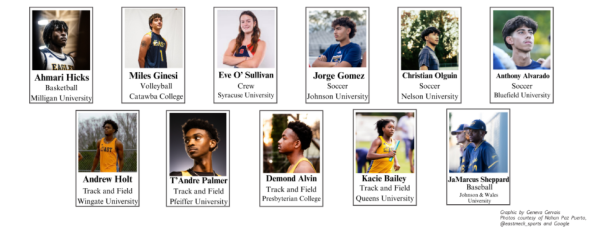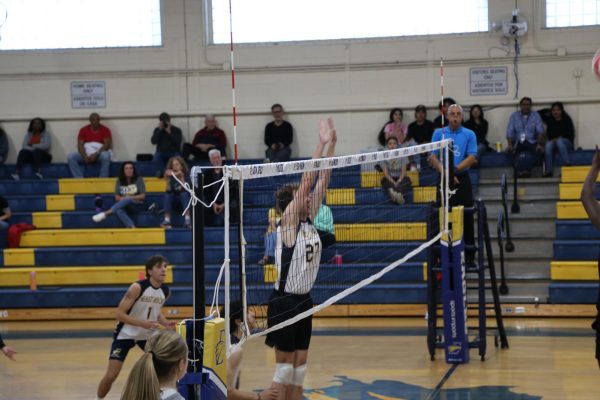Threat of concussion alters high school football rules
The quarterback drops back to pass, he quickly scans the field, eyeing a loose freight train of a defensive lineman who is barreling towards him. The 6’4” opponent launches himself and tackles the quarterback. Silence falls over the crowd as the quarterback falls directly on his head. Immediately, the trainers rush out onto the field prepared to deal with a concussion that could possibly lead to brain damage.
In a recent study conducted by the “Journal of the American Medical Association,” 110 out of 111 (99 percent) deceased football players were victims of Chronic Traumatic Encephalopathy, commonly known as CTE. CTE is a neurodegenerative brain disease that is caused by repeated head trauma; it was the focus of the 2015 film “Concussion.” CTE affects its victims in various ways, including increased aggression, memory loss, depression, anxiety, and sometimes even suicidal thoughts. ”
Not only is CTE a risk for players, it’s a troubling topic for coaches too. Football Coach Barry Shuford is deeply concerned for his players and for the future of football.
“The game is in danger and changes have to be made if football’s going to survive. We can’t continue to play like we’ve been playing for the last 25 years or there won’t be anyone left playing the game,” Shuford said.
Sanctions have already been put in place throughout all levels of football, from the National Football League (NFL) all the way down to Pee Wee leagues to help combat CTE. The NFL has recently prohibited head to head contact on all tackles. At the highschool level, practice plans and season preparations have been affected by North Carolina High School Athletics Association’s (NCHSAA) new rules.
“All the coaches have to be trained. We have to take the concussion course every year which includes ways to recognize the symptoms of a concussion and how to respond,” Shuford said. “In football we have to have a trainer at practice or we don’t practice.”
The new sanctions that NCHSAA have put in place have restricted certain gameplay. For instance, sophomore Bo Huff described that certain tackles he would perform in middle school are no longer allowed at the highschool level.
“I have to watch what I do at all times on the field and I have to make good clean tackles to protect myself and my opponent.” Huff said.
One would think that the risk of brain damage would turn many young athletes away from football, however, that’s not the case for most players here at East Meck, including Huff.
“I don’t really care, I just wanna beast mode,” Huff said.
To players like Huff, the love of the game clearly stands in the way of the potential brain damage that comes along with football. To other football players, like senior Khalil Woods, the threat of brain damage is a definite concern. Because Woods is a running back he is much more prone to concussions than a predominantly defensive player like Huff. Due to the flurry of hits Woods receives every game and his past concussions, he sees beyond the game of football.
“It makes me think about life beyond football because football isn’t forever,” Woods said. “So I need a backup plan.”
Your donation will support the student journalists of East Mecklenburg High School. Your contribution will allow us to purchase equipment and cover our annual website hosting costs.






